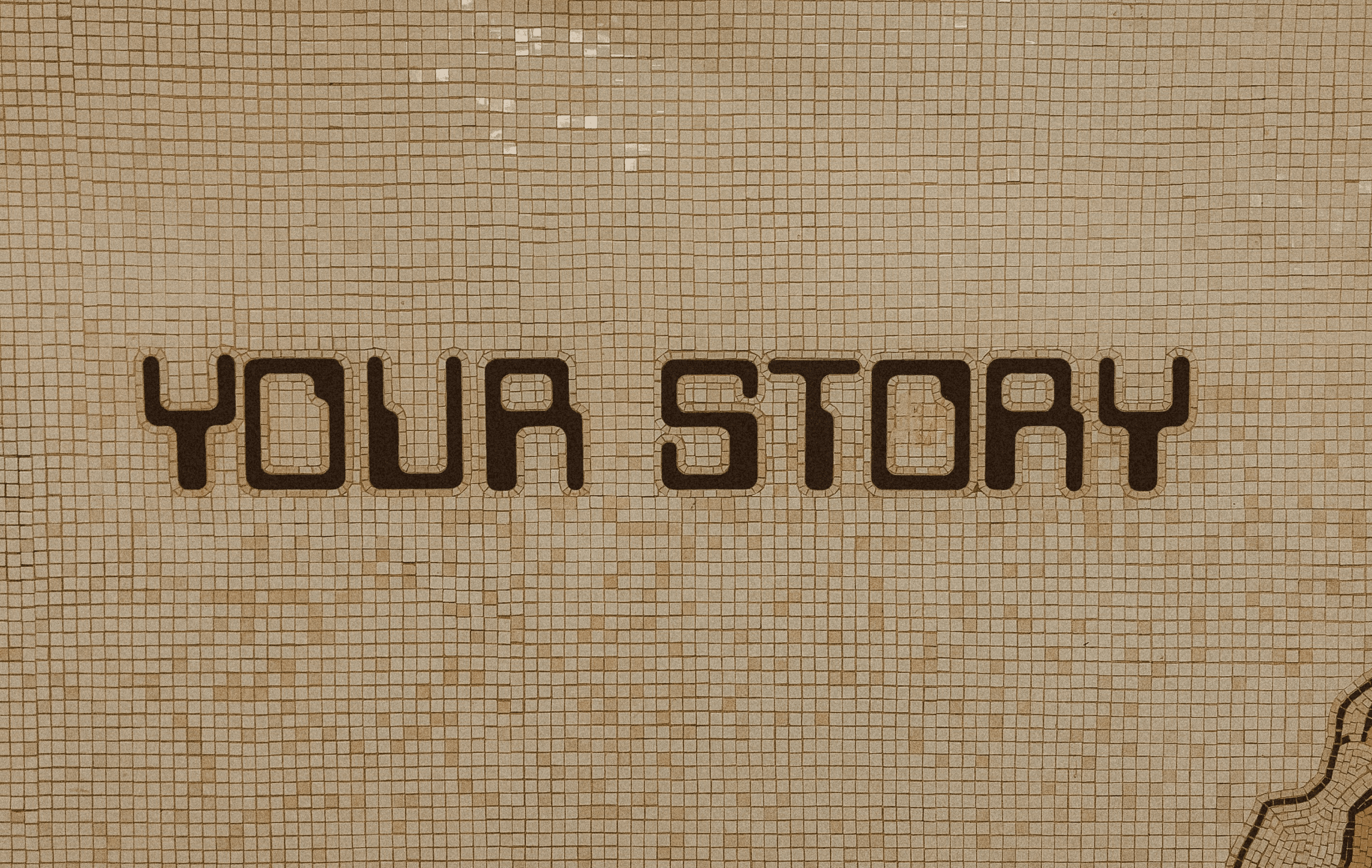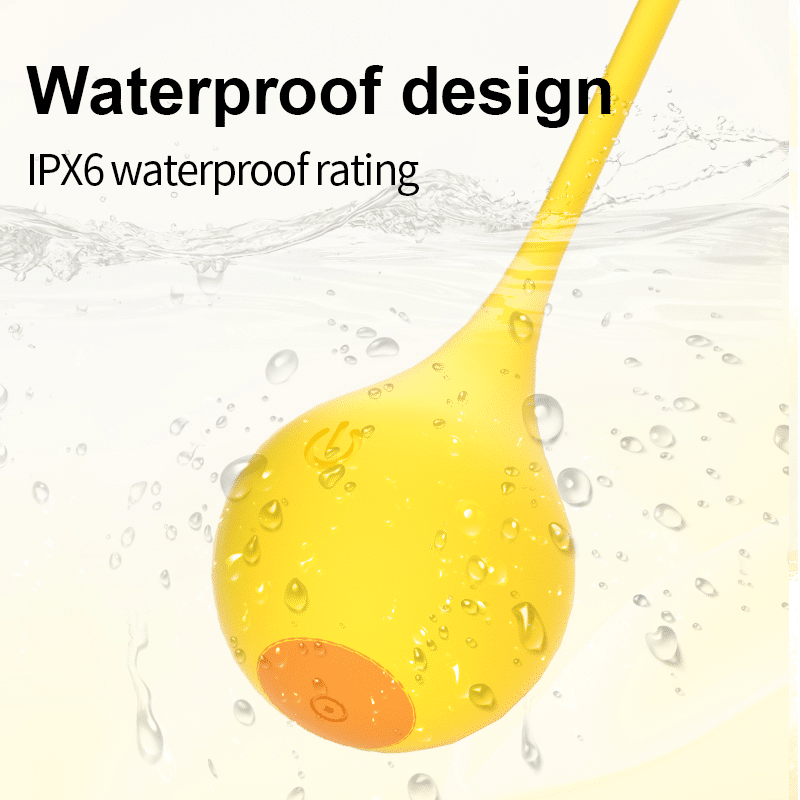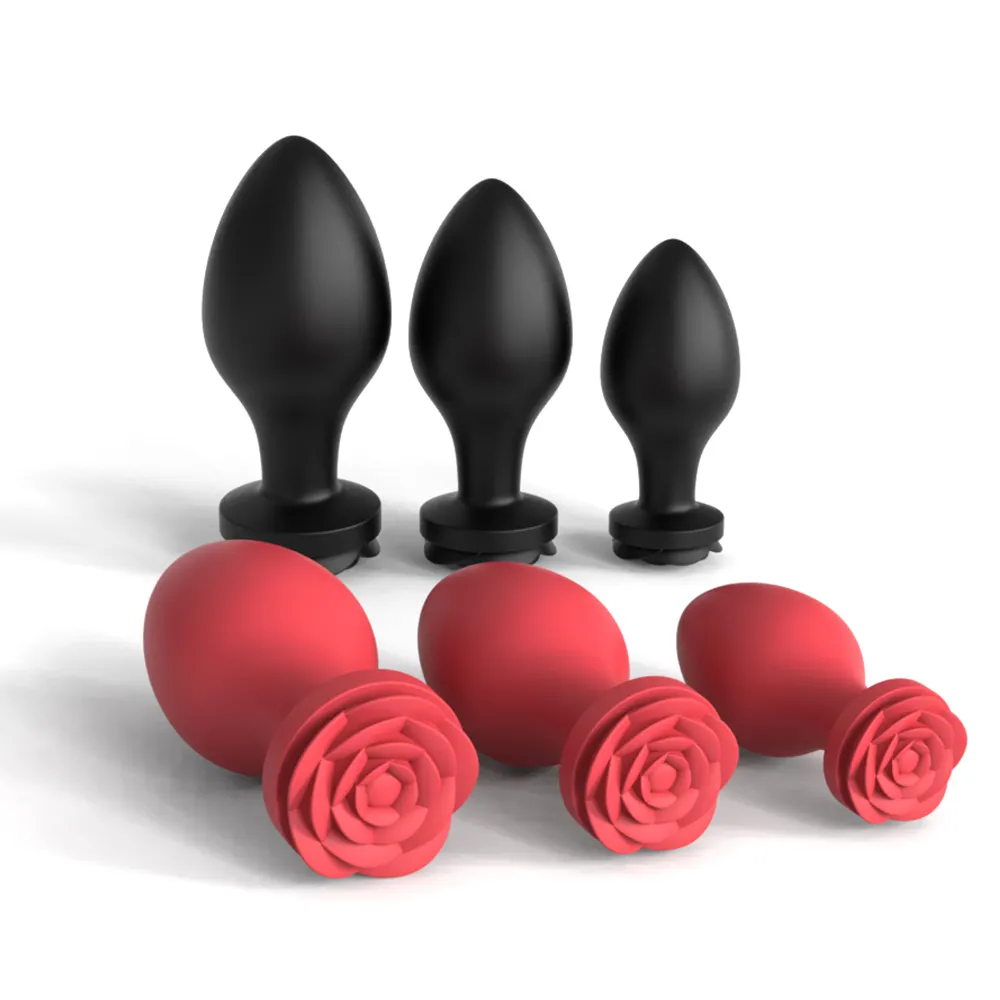Table of Contents
Toggle
As brand founders or startup entrepreneurs, have you prepared your brand story?
Or do you think you are just a “salesperson” with no story to tell, or unsure how to transform your experiences and original intentions into a compelling brand story?
Let me put it this way: in this age of endless choices, why would a customer choose your brand among hundreds of others? Because of functionality? Because of price? No, because of a story that resonates with them. And you, the founder, are the best storyteller for that story.
You must understand that this is not just a background story; it is an irreplaceable asset that competitors cannot replicate and customers cannot resist.
Why is the “Founder’s Story” so important?
Let’s take a look at today’s business world. Too many founders are stuck in a “product-centric” mindset, which leads to their products being out of sync with what customers truly desire. In fact, customers don’t just buy products; they buy the changes that products bring. They buy the feelings that products evoke in them.
A brand story is the bridge that transforms your business from a cold logo into a humanized experience, building deep connections and turning ordinary buyers into passionate advocates.
Understanding this difference is the key to unlocking premium positioning and lasting customer loyalty.
| Feature | Product-First Approach | Story-First Approach |
| Focus | Features, specs, and price. | The “why,” the mission, and the human journey. |
| Customer Connection | Transactional and superficial. | Emotional, built on shared values and trust. |
| Differentiation | Easily copied “hard” features. | “Soft uniqueness” that is impossible to replicate. |
| Pricing Power | Forced into price wars and discounts. | Commands a premium based on perceived value. |
| Customer Loyalty | Fleeting; customers leave for a better deal. | Enduring; customers become part of your community. |
How to dig out and tell your own brand story?
Crafting your founder’s story isn’t about inventing a fairy tale. It’s about structuring your real experiences into a compelling narrative. The classic three-act structure is a proven framework to capture attention, build trust, and inspire action.
Here’s how to build yours:
Act 1: The “Why” – Your Origin Spark
This is your hook. Start with the specific, personal moment that ignited your journey. Don’t say you “saw a market opportunity.” Instead, show it.
Prompting Questions:
Was it a personal frustration with existing products?
Did you witness a friend or family member struggle with a problem you knew you could solve?
Did you feel a specific community was being ignored or misrepresented?
Start your story here. For example, the founders of Warby Parker didn’t just want to sell glasses; their story began when one of them lost his expensive glasses on a backpacking trip and couldn’t afford to replace them. That single, relatable moment of frustration became the “why” for their entire brand.
Act 2: The “How” – Your Transformational Journey
This act chronicles your struggle and effort. It’s where you prove your commitment and build unshakeable trust. Be vulnerable and specific. Detail the obstacles you overcame.
Show Your Work:
How many prototypes did you build before you got it right?
Did you travel across the country visiting factories to find the perfect sustainable material?
Did you face skepticism from friends, family, or investors?
This is where you inject true humanity. I’ve stared at a spreadsheet at 2 AM, wondering if anyone would ever care about this “story” I was trying to build. They do, but only if you show them the real journey. This struggle isn’t a sign of weakness; it’s proof of your dedication. It shows you’ve earned your expertise.
Act 3: The “What” – Your Transformational Promise
Conclude with your vision. This isn’t about listing product benefits; it’s about the emotional and aspirational transformation you enable for your customer.
Articulate the Outcome:
What feeling do you want to give your users? (Confidence, joy, peace of mind?)
How does your brand help them become a better version of themselves?
What bigger change in the world are you contributing to?
Your call to action should flow naturally from this promise, inviting customers to be a part of the story you’re creating.
Luxora: Your Story’s Witness and Supporter
At Luxora, we know that a product is a physical extension of your story. That’s why our ODM partnership starts with listening, not manufacturing.
Unlike traditional suppliers who focus only on specs, we invest time in understanding the mission behind your brand. This fusion is seamless. Your products become authentic extensions of your journey, not just generic items with a logo slapped on. This is how you build a coherent brand experience that commands premium prices and lasting customer loyalty.
We Listen First: We want to hear your “why,” your “how,” and your “what” before we discuss a single material.
We Integrate Your Values: If your story is about sustainability, we ensure our sourcing reflects that. If it’s about inclusivity, our design process will champion it.
We Build Your Carrier: The final product becomes a tangible carrier of your story, communicating your values long after the customer has read your “About Us” page.
Your Sincerity is Your Most Powerful Marketing Force
The time for hesitation is over. Your authentic founder’s story is the one asset AI can’t generate and competitors can’t steal.
According to research highlighted in publications like Forbes, adding stories to marketing messages can increase information retention from a mere 5% to over 60%. Your personal journey matters because it’s real.
Your sincerity cuts through the noise of curated perfection that saturates marketing today. Audiences crave vulnerability and realness. You don’t need a massive following to build a successful business; you need a deep connection with the right people.
The question isn’t whether you have a compelling story to tell—it’s whether you’re brave enough to share it with the customers who are waiting to fall in love with your brand.

FAQ
Q: My story is very ordinary, is it still worth telling?
A: Absolutely. Authenticity is more powerful than drama. An “ordinary” story is unique to you and reflects genuine experiences, which helps build a relatable and trustworthy connection with your audience. Your passion and the “why” behind your brand are what truly resonate with customers, not a sensational tale.
Q: Where on the website should the brand story be placed?
A: Your brand story should be featured prominently on your “About Us” or a dedicated “Our Story” page. However, it shouldn’t live there in isolation. Weave elements of your story into your homepage, product descriptions, blog posts, and even your social media profiles to create a cohesive and compelling brand narrative across all touchpoints.
Q: Besides text, what other formats can be used to tell a brand story? (e.g., video)
A: Video is a fantastic medium, such as a short documentary or a “founder interview.” Other powerful formats include:
- Audio: A podcast or a recorded interview.
- Visuals: An infographic timeline of your journey, behind-the-scenes photos, or a photo gallery.
- Interactive Content: An interactive webpage that allows users to explore different parts of your story.










